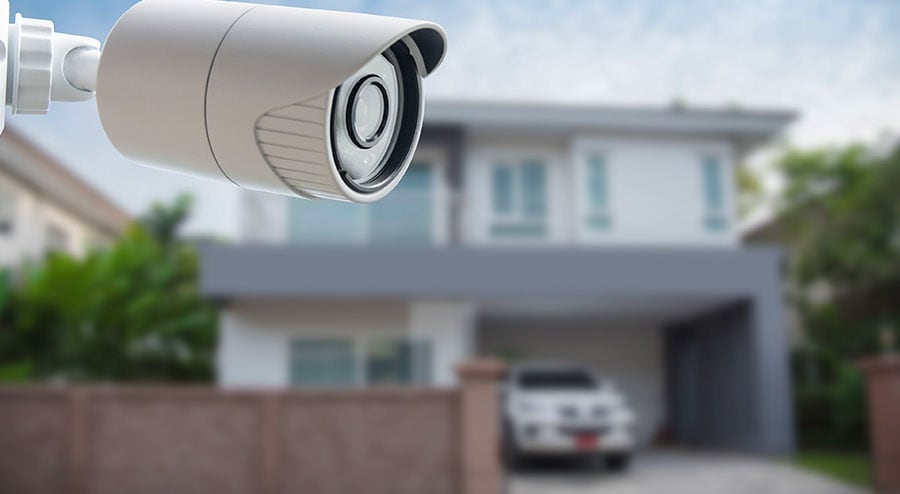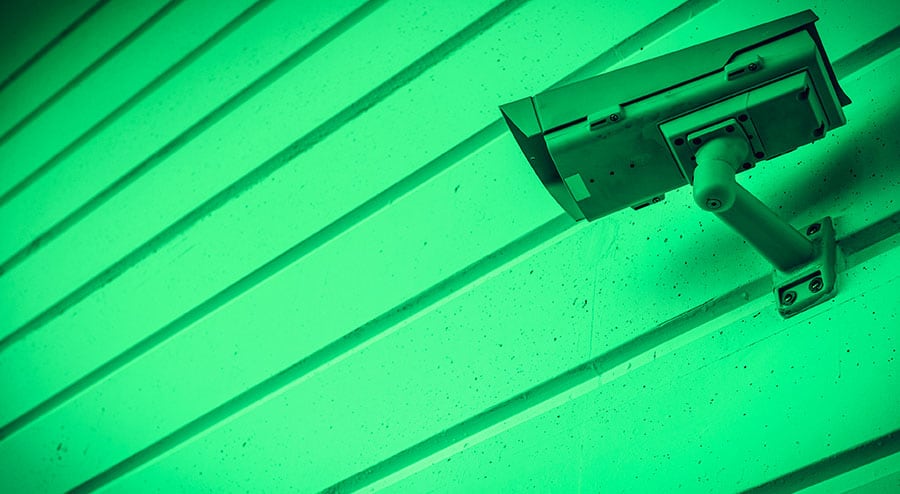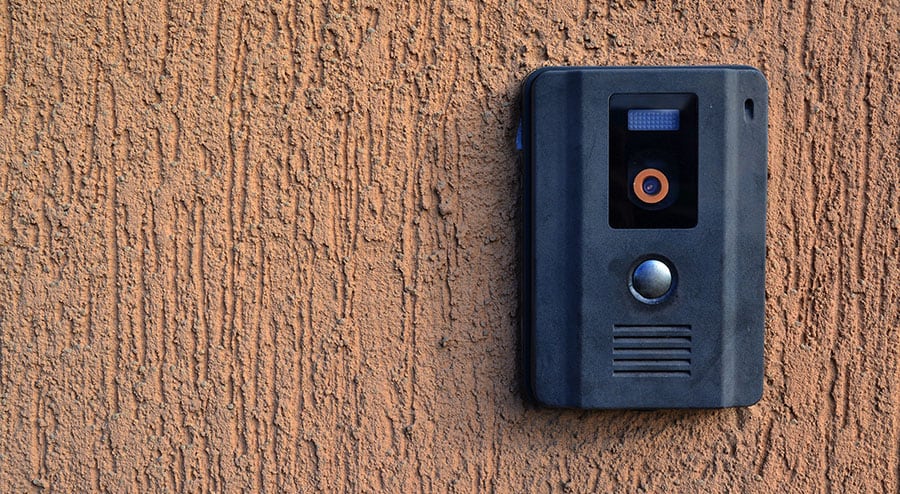Having a home security surveillance camera or even just standard security cameras in your home is always helpful as such a camera system lets you do many things. You could use a camera to get a live look at what is happening inside your home provided you have an online connection to it. A security camera system can also record what happens in a surveyed area at a given time even if you are not here. More importantly, a camera works as a good deterrent against burglars or anyone else who might try to break into your home.
But did you know that there are many home security surveillance cameras that could be used in your home? CCTV cameras, cameras with night vision, wireless security cameras, indoor and outdoor security cameras, spy cameras, and cameras with motion detection are all designed to increase security. But which surveillance equipment is right for you? Here are 10 of the more prominent types of camera that you can install in your home. Each option comes with its own specific features.
Box-Style
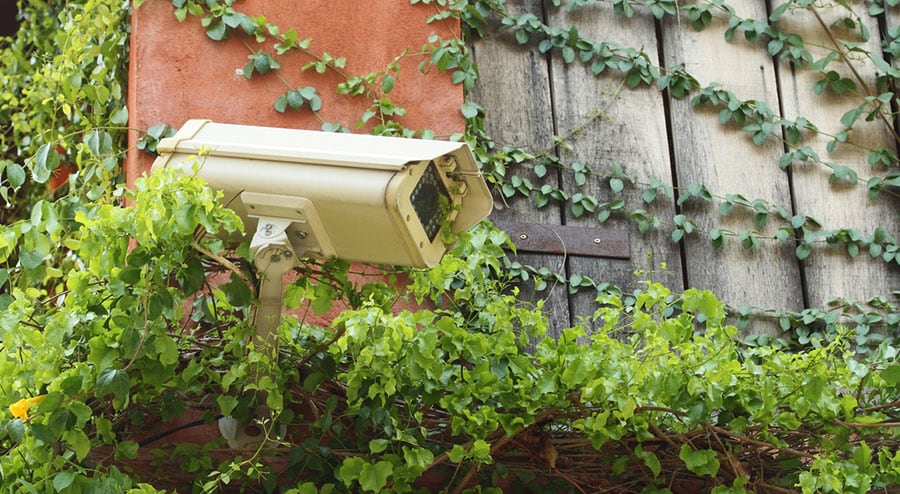
The first of the cameras to use is a traditional box-style camera. This is named for how it uses a rectangular box-like shape. The camera can be added anywhere and can be mounted to work in any direction you see fit.
The camera can be utilized with one of various lens options too. The body of a box-style camera typically lets you adjust the features outside the camera including the lens and any anchor that may be used. This is a basic model but it offers a bit of versatility over how you can adjust it.
This camera, like others on this list, can be linked up to a computer so you can see what is happening on it in real time. You can also record what is on the camera and play back what you find later on.
Dome

A dome camera is similar to what you might find on the ceiling in many commercial sites or retail stores. It includes a camera and lens mounted inside a dome-shaped cover. This mounts directly onto the ceiling. It is more versatile that a box-style camera that typically works in corners or at the ends of various walls.
A dome camera can also be used in almost any environment, even if it is dusty as the dome housing is easy to clean off. What’s more, the lens will not be at risk of becoming dirty as it is protected by the dome cover. This camera also works when you have a larger room that you want to monitor.
PTZ
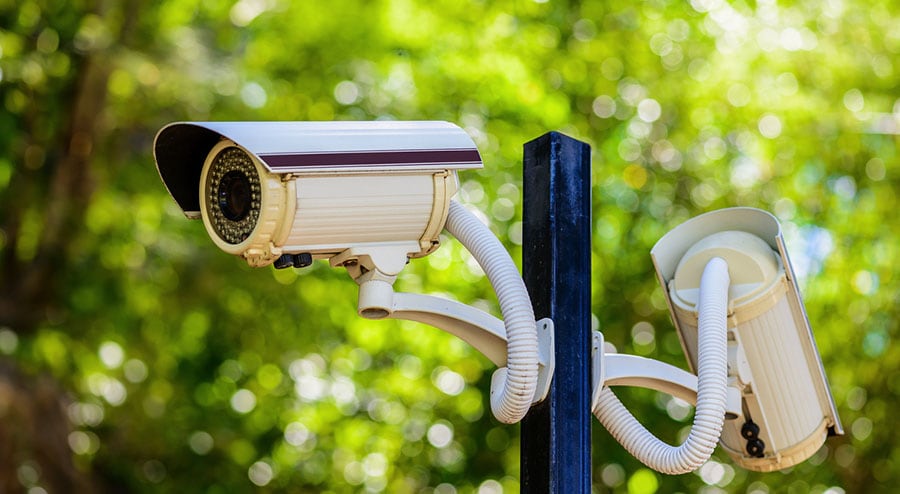
A PTZ camera is a model that lets you pan the lens around, tilt the lens up and down and zoom in and out of anything, hence the name. You just use a remote or software program to adjust the camera.
A PTZ camera can run in any form you wish. You can program the camera to let the lens move in a particular pattern. This is important if you need a camera in a larger room and you want to track as many different areas as possible.
You can also program a PTZ camera to automatically track movements. With this, the lens will identify something that is moving and keep its focus on that item. The camera will then reset back to its original position after the item it is tracking leaves.
IP
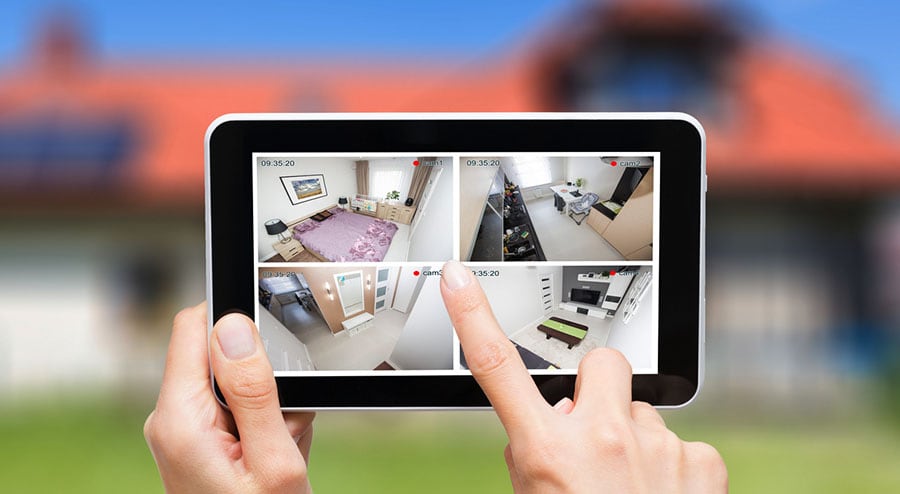
An IP camera operates over an Internet Protocol. It works in that you will link the camera up to an online network in your home. It also connects to a software program on a computer in your property, although it may also work with a mobile app depending on the model.
With this, you will use the computer program to control the camera. You can also analyze the camera in real time by using the program to see what the camera is reading. It can work in real time or you can review any saved information on the camera. The amount of time a camera can record things for varies based on the model you use.
The most important part of the IP camera is that you can review what it is focusing on from almost anywhere. This is because the camera will link to a network that you can access it through a traditional website. You just have to enter in your login data and the camera feed will come up. Even then, you still have the option to control the camera’s position from a distance, though it might take a little longer for bit the camera to read and process the data and make directional changes.
Some IP cameras require wires for them to work properly, though there is a growing number that are wireless and only need a connection to a Wi-Fi network or have a Bluetooth connection.
Bullet
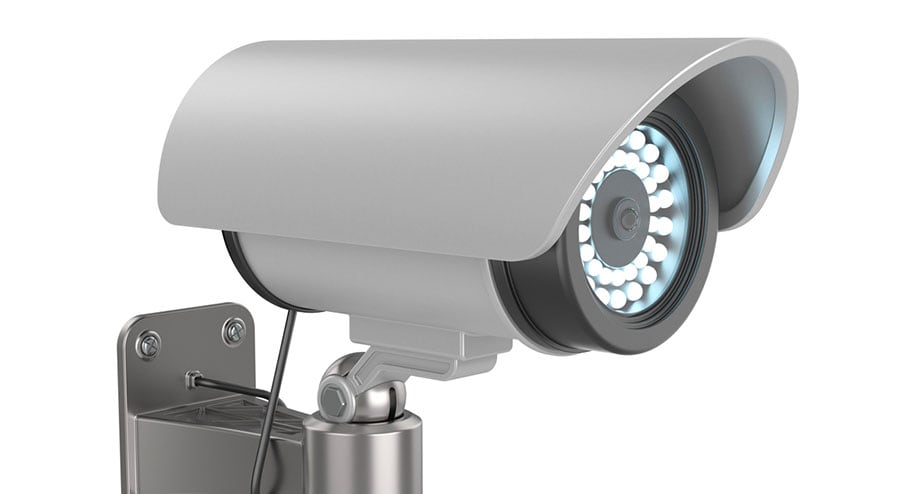
A bullet camera has a bullet-like shape to it. The camera and lens are secured in a slim cylindrical body. Moreover, the enclosure is fully sealed off, thus reducing the servicing requirements as it is virtually waterproof and dustproof.
Most bullet cameras have small hoods. A hood will protrude about half an inch from the base of the camera lens. This keeps any light (sunlight or fluorescent light) that shines on the camera from being too intense and likely to keep the camera from reading things in a certain area or creating shade. This works particularly well if you plan on using a camera in a brightly sunlight area.
Thermal
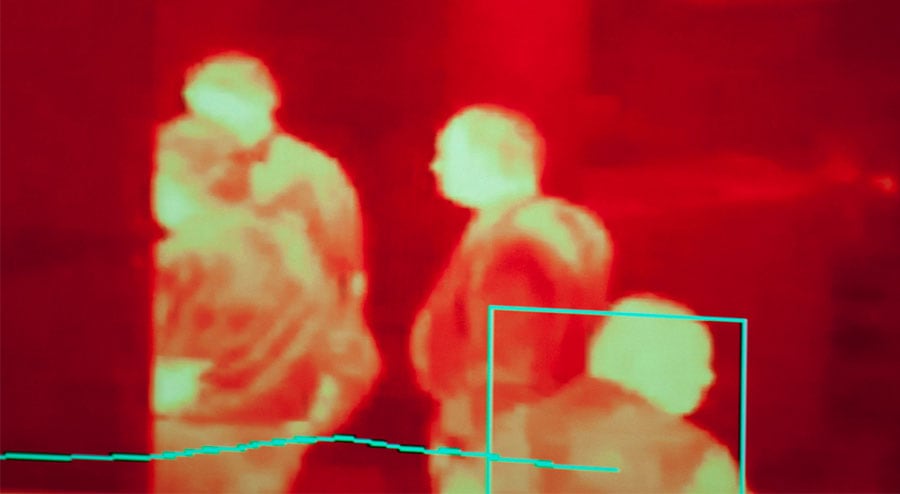
A thermal camera is designed for darker and more shaded or secluded areas. This type of camera uses thermal imaging. It reviews the heat produced by various objects and entities in a given area. This helps to identify people moving around the interior or exterior of your home who shouldn’t be.
A thermal camera works really well outside of the home at night. It can analyze anything in the dark thanks to how it reveals heat signatures by making anything that is warmer than the air certain to appear brighter in appearance. You can even use this successfully in foggy or hazy areas.
Be advised that a thermal camera isn’t designed to show close up HD images. The idea of thermal imaging cameras is simply to highlight living things, including humans and other unwanted intruders like raccoons and foxes skulking around in the dark. It doesn’t reveal detailed images of facial features or other specific things relating to who or what is on the camera.
Discreet
A discreet camera is a little different from other models. This home security surveillance camera uses a body similar to that of another everyday item. You could have a discreet camera in the shape of a smoke detector, a wall outlet, or even a teddy bear.
This kind of camera is popular as it offers secret protection as people will not know that you are actually using a camera in a certain space. It gives you more security as people will not notice that you are hiding a camera in a certain area. You would have to be careful when using such a camera, though, as it might not be as flexible or offer high resolution images like most other models.
You can place the camera anywhere you want. Just be certain that the area where you place it in is one that is not easily accessible or might not be easily interpreted as an area where people could pick it up by mistake.
Wide Dynamic
It is easy to identify things in almost any light with a wide dynamic camera. This is a model that balances the light levels in a given space to give the best possible exposure. It reviews every single pixel of light it comes across and adjusts the lighting based on what it finds. It can make dark areas to look brighter or it can tone down the intensity of certain light.
A wide dynamic camera works best in areas that might be a little too bright. These include places like a garage where the headlights on cars might be too intense. It could also be used in areas where the sun’s rays might be too strong, but you still need something to monitor what is around.
Outdoor
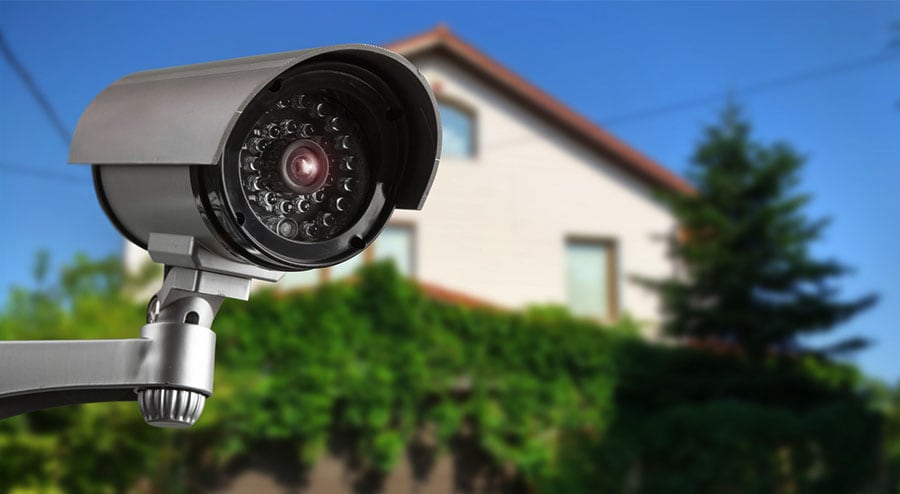
An outdoor camera is designed specifically with outdoor use in mind. It may come with a heater or blower to keep the camera functional. This is important if you need a camera outdoors but you are concerned about debris getting in the way or about cold temperatures keeping it from working.
An outdoor camera can come in any shape but it would require extra insulation to keep it protected. This added protection ensures that the camera stays operational and will not freeze up or struggle with other issues such as extreme temperatures including mind melting heat and incredibly cold winters.
Varifocal
The last of the options is a varifocal camera. This is a camera where a lens can be manually adjusted in any way you see fit. With this kind of lens, you can control the zoom and focus with a remote. But, in some cases, you may also remove the lens and add a different one if you have very specific monitoring needs in mind. This adds a bit of versatility to the camera and lets you see anything in a clear manner.
Take a look at all of these home security surveillance cameras and see how well they can be used in any situation. All of these have their own distinct features but, regardless of what you choose, you will have the protection you need with a quality model.


